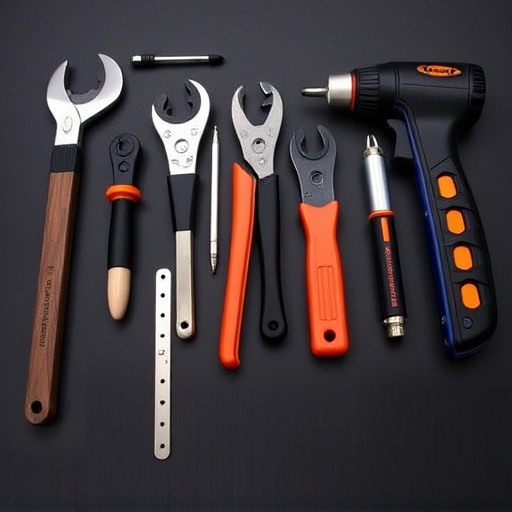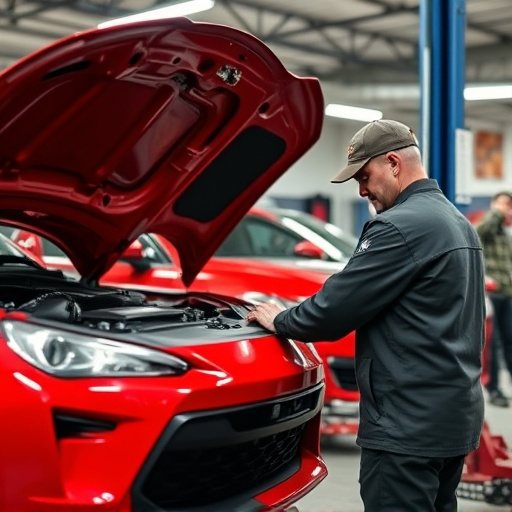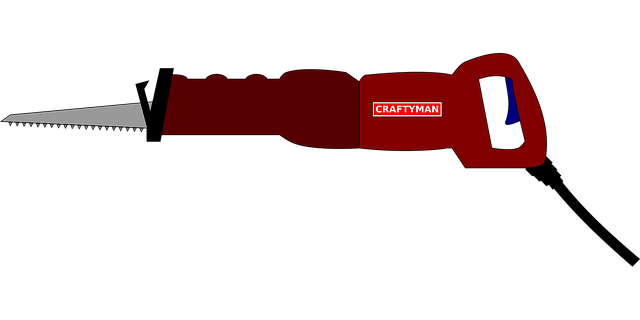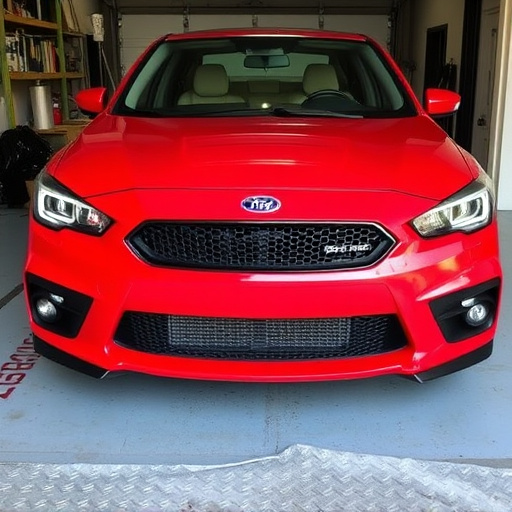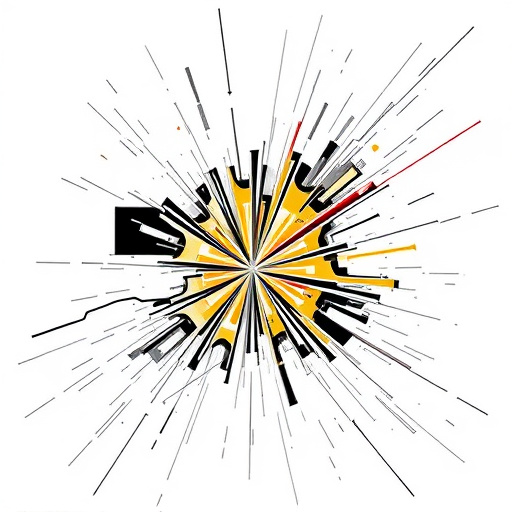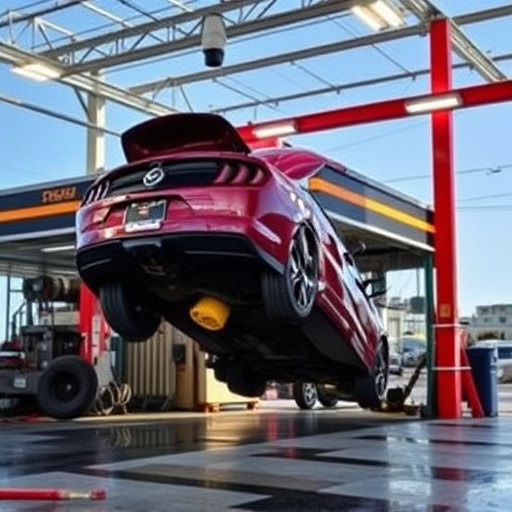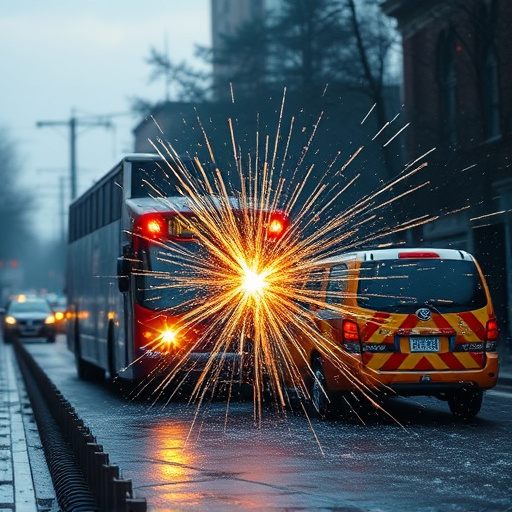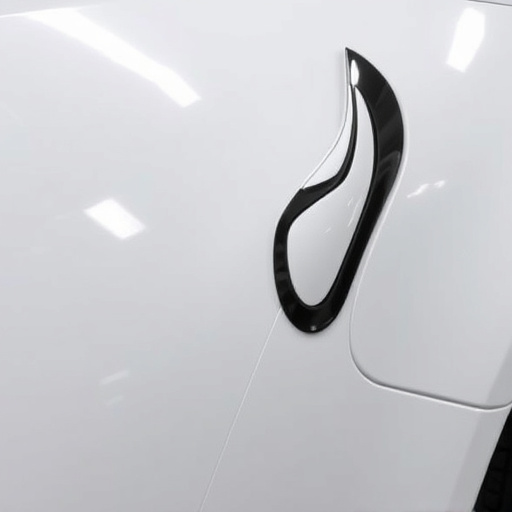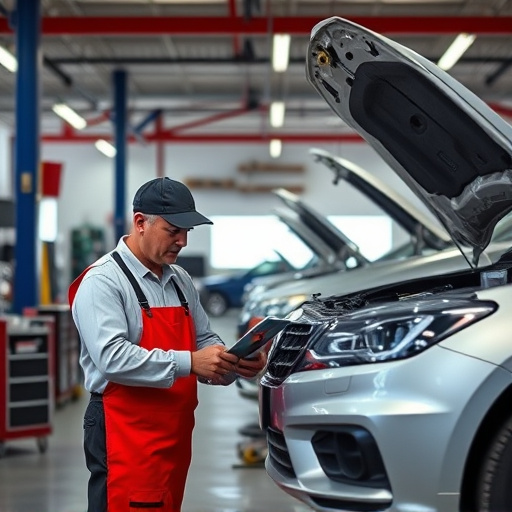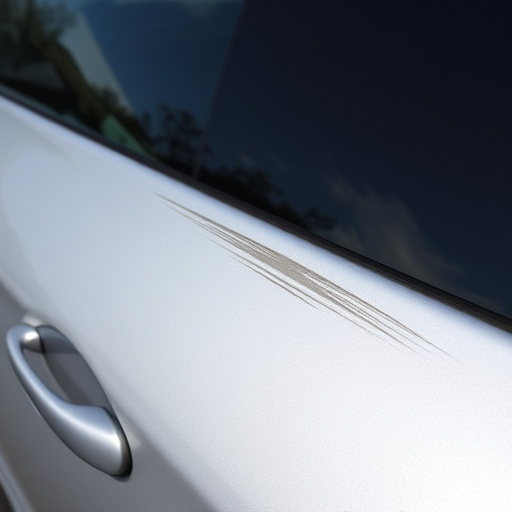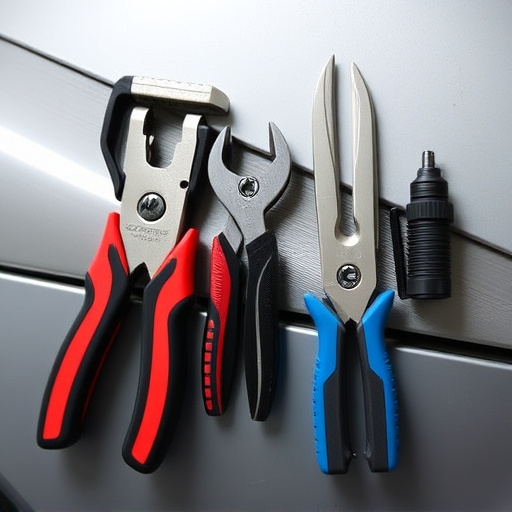In today's digital age, real-time tracking and transparency in automotive repairs are driven by IoT, cloud platforms, and mobile apps, enhancing customer experience and trust. AI-driven diagnostics automate initial assessments, improve diagnosis and repair times, while Digital Twin technology enables predictive maintenance, resulting in faster turnaround times, reduced costs, and a competitive advantage for auto body shops, all focusing on efficient repair progress updates.
As technology continues to evolve, the way we approach repair processes is undergoing a significant transformation. This article explores the future of repair progress updates, delving into cutting-edge technologies and tools that are reshaping industries. From real-time tracking and AI-driven diagnostics to the advent of digital twin technology, these innovations promise enhanced efficiency and predictive maintenance capabilities. Get ready to discover how these trends will redefine repair progress updates in the years to come.
- Real-Time Tracking and Transparency: The New Normal
- AI-Driven Diagnostics: Accelerating Repair Efficiency
- Digital Twin Technology: Predictive Maintenance Revolution
Real-Time Tracking and Transparency: The New Normal

In today’s digital age, real-time tracking and transparency have become the new normal in various industries, including automotive repairs. Customers no longer settle for vague updates about their car’s condition; they demand visibility into every step of the repair process. This shift is driving innovation in repair progress update technologies. Tools like IoT sensors, cloud-based platforms, and mobile applications enable mechanics to provide instant updates, sharing detailed information about parts replacement, labor costs, and estimated completion times. Customers can access this data from anywhere, fostering trust and convenience.
Imagine a scenario where a customer brings their car into a collision center for a car scratch repair or car dent repair. With advanced tracking systems, they receive alerts when their vehicle is inspected, when repairs begin, and when it’s ready to be picked up. This level of transparency not only enhances the customer experience but also ensures that everyone involved stays informed, leading to more efficient operations in the collision center.
AI-Driven Diagnostics: Accelerating Repair Efficiency
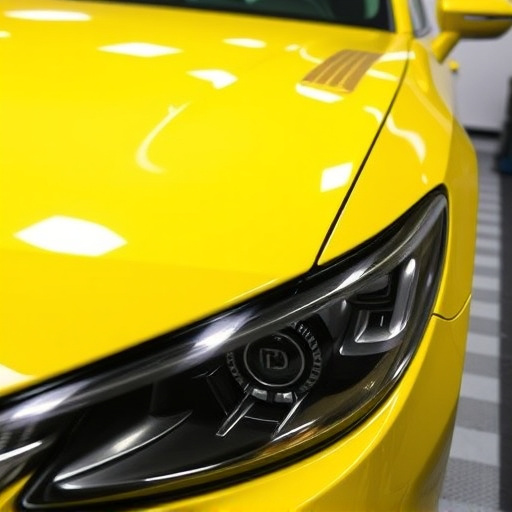
The integration of Artificial Intelligence (AI) is revolutionizing the way we approach repair progress updates in the automotive industry. AI-driven diagnostics are set to become a game-changer, significantly enhancing efficiency and accuracy in collision centers and automotive restoration facilities. With machine learning algorithms, these systems can analyze vast amounts of data from vehicle sensors and historical records to identify issues with remarkable speed and precision. This technology enables technicians to pinpoint problems early on, leading to faster diagnosis and repair times.
For example, AI can assist in detecting subtle differences in Mercedes-Benz collision repair cases, ensuring every component is assessed accurately. By automating initial assessments, repair teams can allocate resources more effectively, minimizing downtime and enhancing customer satisfaction. This advanced diagnostic approach promises to streamline processes, making the entire repair experience smoother and more efficient for both professionals and clients alike.
Digital Twin Technology: Predictive Maintenance Revolution

The future of repair progress updates is set to be transformed by Digital Twin technology, which promises a predictive maintenance revolution in the auto body shop and collision repair center sectors. This innovative concept involves creating digital replicas of physical assets, such as vehicles, enabling detailed simulations and analysis. By leveraging data from sensors embedded within vehicles, these digital twins can predict potential issues before they occur, optimizing repair schedules and minimizing downtime.
For example, a Digital Twin could monitor the structural integrity of a vehicle body over time, identifying subtle changes that might indicate an impending failure. This proactive approach allows mechanics in vehicle body shops to conduct preventive maintenance, ensuring repairs are performed efficiently without unnecessary delay. As a result, customers benefit from faster turnaround times and reduced costs, while auto body shops gain a competitive edge through enhanced service offerings.
As we move towards a future where technology drives efficiency, the landscape of repair progress updates is transforming. Real-time tracking, AI diagnostics, and digital twin technology are not just trends but game-changers that promise to revolutionize the way repairs are managed. Embracing these innovations ensures enhanced transparency, faster turnaround times, and predictive maintenance, setting new standards for excellence in the industry. Stay ahead of the curve by adopting these future-proof technologies for seamless repair progress updates.
